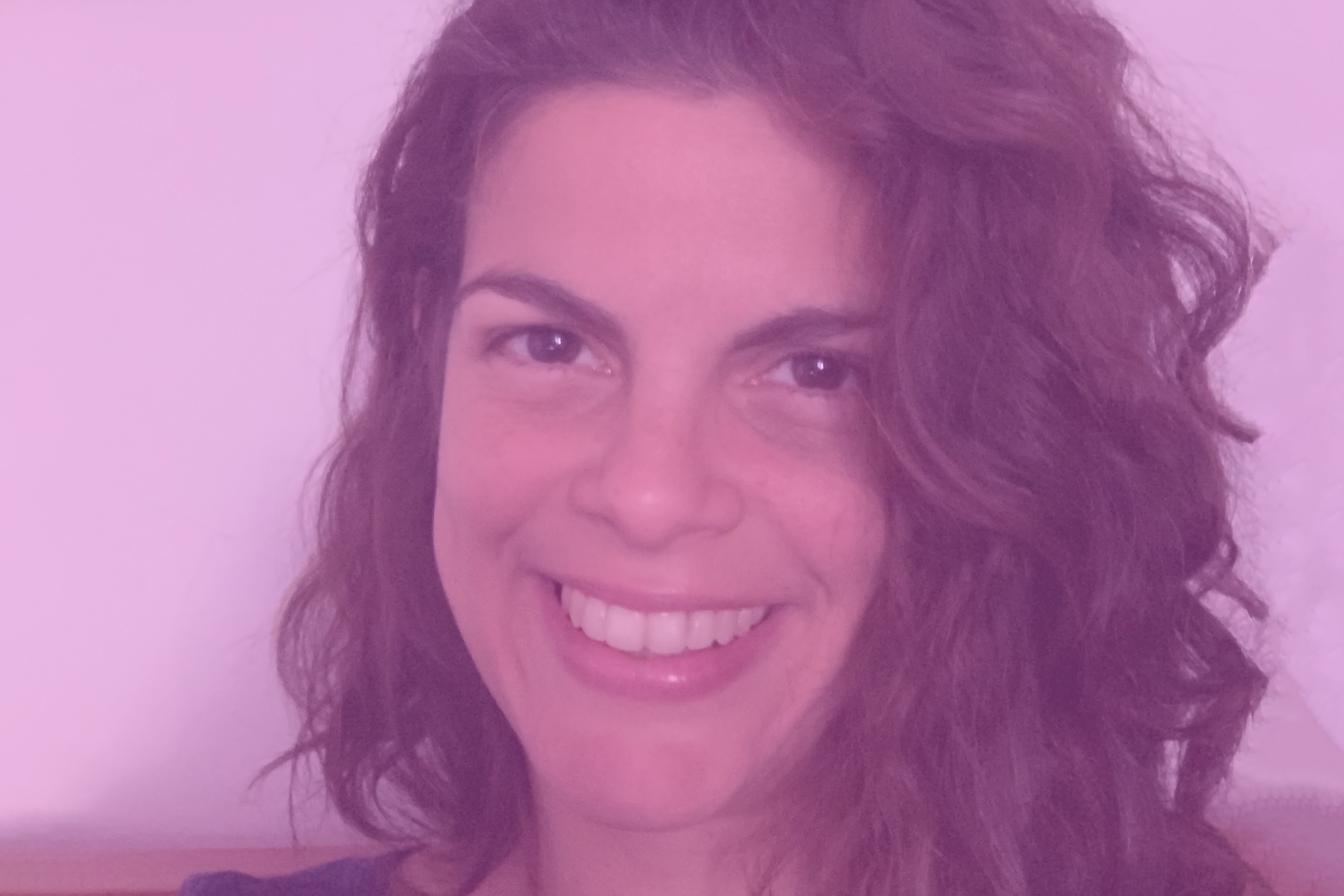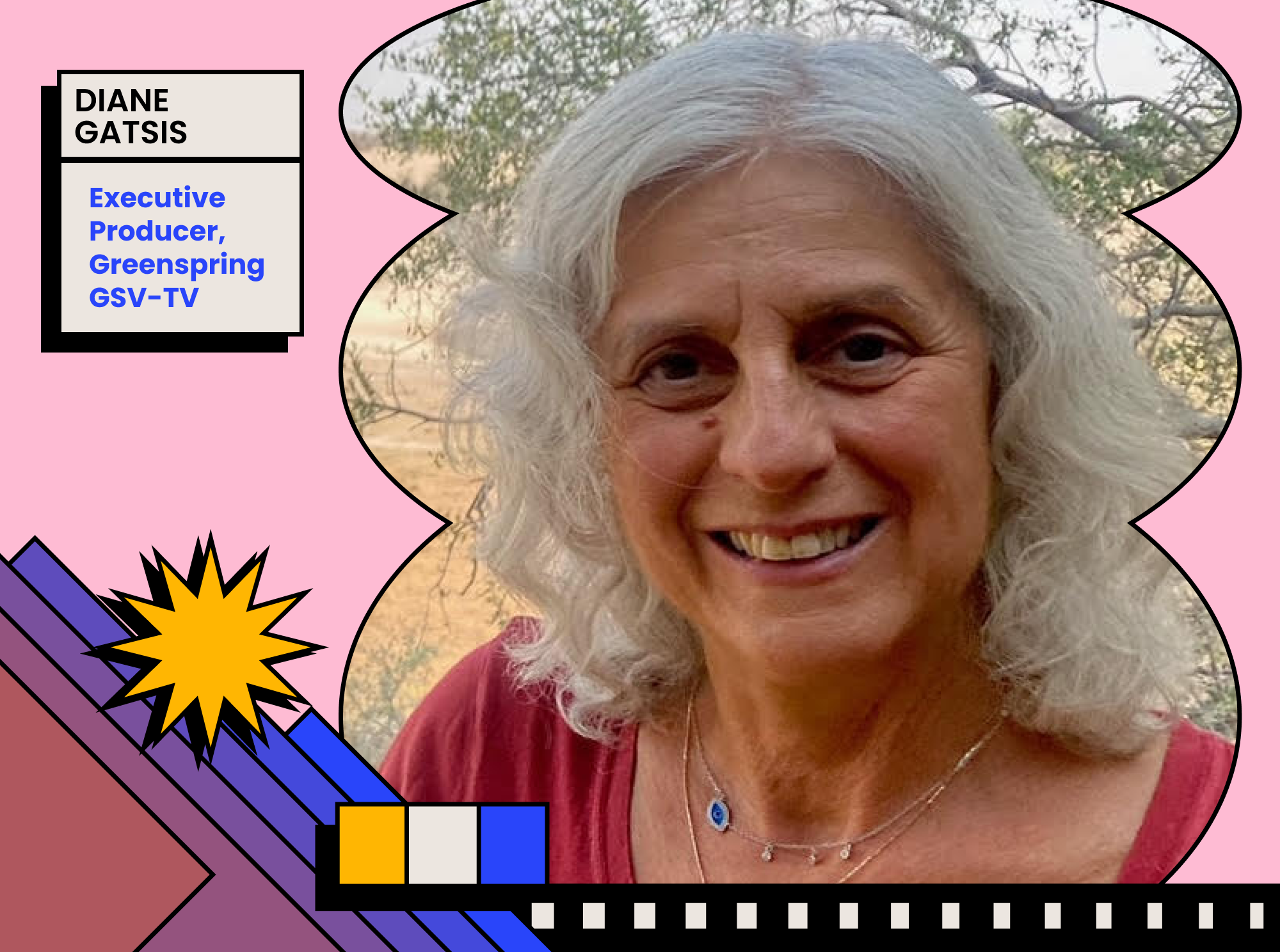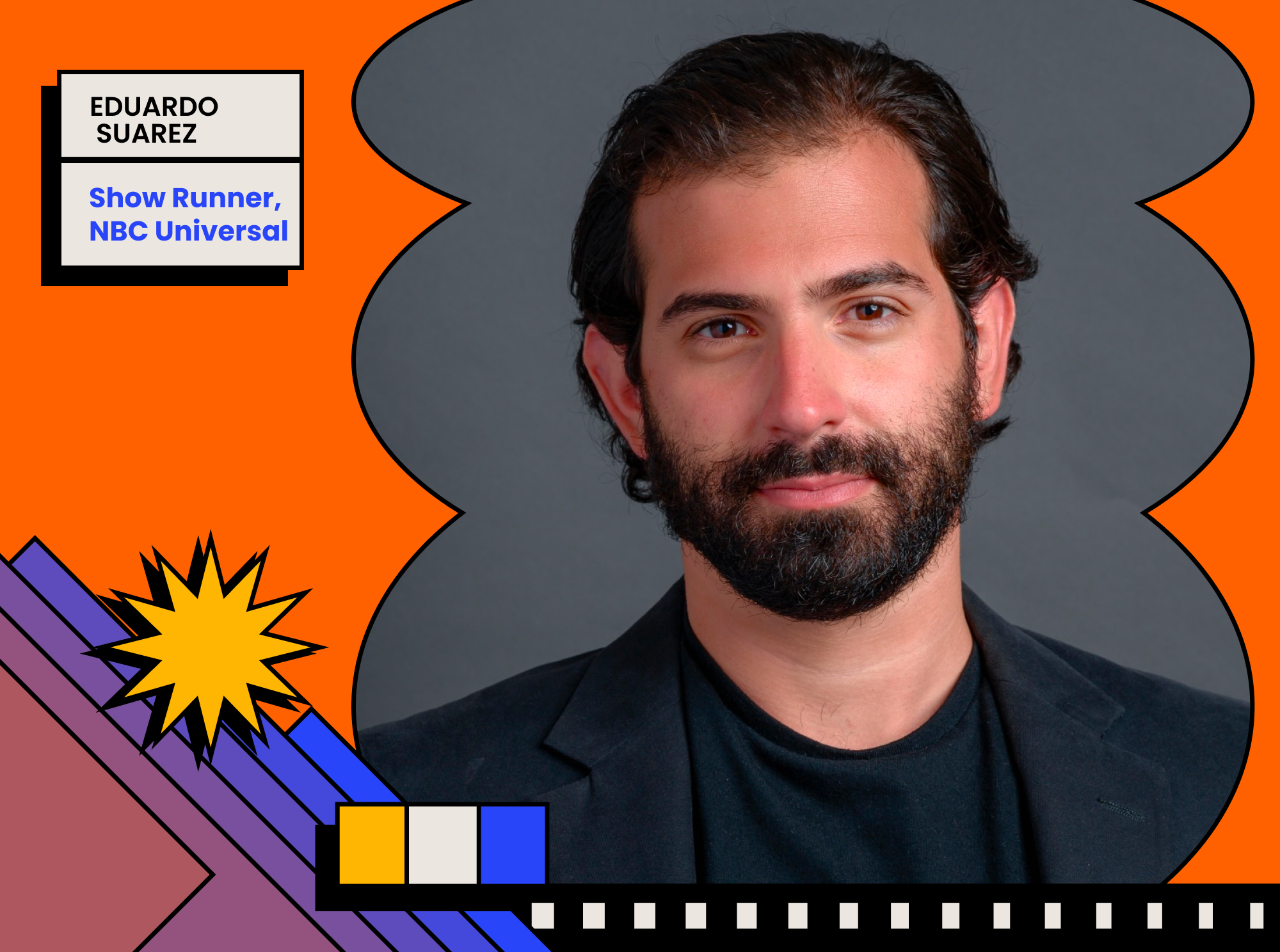For this month’s Judge Spotlight we sat down with Vanessa Rojas! Vanessa has had an illustrious career as a co-producer and creative content maker for mtvU, the Sundance Institute, and GoPro Media. She has also worked as an assistant editor at Pixar Animation Studios, as lead editor with Oculus Story Studio/Fable Studio and Baobab Studios, and now works as a freelance editor for various companies.
Her work with Oculus Story Studio led to the Emmy award winning VR experience, Wolves in the Walls. This year, her latest editorial project with Baobab Studios, Baba Yaga, was nominated for four Daytime Emmy Awards including Outstanding Editing for a Daytime Animated Program. Most recently, the animated short film she edited, Namoo, was shortlisted for the the 94th Academy Awards. As a graduate of the Film Directing Program at UCLA, her short films have screened across the country, won several awards, and have been featured in USA Today, The Hollywood Reporter and Cynopsis.
Read our interview with Vanessa below to learn more about how she’s navigated her career in the entertainment industry!
What was your first job in the industry? What did it teach you?
My first job in the industry was at Pixar Animation Studios. I worked on Toy Story 3 and Brave. “Story is king” is Pixar’s motto and as an assistant editor there it was a dream to get to sit in the story room, in dailies, and participate in the editorial reviews, soaking up all the creative conversations. In animation, the editorial department is the hub of all the latest and greatest info and from which all other departments depend to continue to work down the pipeline. This meant I got a front row seat at the factory, seeing how a story goes from inception to final product and all the iterations in between. There were visiting artists like Michael Arndt and Hayao Miyazaki who would come and lend their voice and ideas to projects. It was a front row seat on the lessons of 2D visual filmmaking.
What are the best and worst pieces of professional advice you’ve received?
Best advice of all time, hands down: You always have the power to say no. Sometimes this industry can make you feel like any job offered is a job you need to take, but that just isn’t true. It’s important to figure out and deeply understand what you value and what you need to feel fulfilled in your work. Say yes to the opportunities that allow you to walk that line and say no to those that don’t. The worst advice just flows from the flip side of this same sentiment. Don’t just take everything that comes your way, unless the quantity of experience is what you’re after and what you value. Oh, and of course, your values change over time so always return to yourself and periodically reassess what your goals are and how you want to achieve them.
What does a typical work day look like for you?
Well, this one is tough to answer because I’m a freelance editor, and that means my day-to-day very much changes depending on the specifics of the company I’m working for and the details of the project itself. I consider myself so lucky in that I’ve had the opportunity to really jump around a lot between various mediums and production structures. Working on an animated 2D project is different from an animated VR project, which is different from a live action narrative project, and even more different from a documentary project. Right now, I am working with an amazing solar finance company called GoodLeap where I am one of several editors/storytellers contributing to a pool of interesting videos that highlight the amazing work of the company. This day to day differs greatly from when I’m the editor in an editorial department responsible for feeding information to all other departments in the service of one, singular story. It’s just a different beast, a different editorial ask, and therefore a very different day-to-day. What is for sure the constant is this: I wake up, drink coffee, read the news and then take my dog on a hike to let off some steam from reading that news. Then, and only then, am I ready to enter the creative head space that editing a project requires.
What project are you most proud to have worked on?
I have learned something super valuable with every single project I’ve taken on, so in that way, I can be pretty proud of all of the things I’ve done. But if I’m gonna get real about this question, I’ll say that one project that I hold near and dear to my heart is one I did for free a few years ago for my incredibly talented storytelling friend, Victor Hugo Duran. It was a narrative short called Figueroa that I felt so proud to help bring into existence. I met Victor in film school and have always loved his work. He tells important stories from a perspective that is both uniquely his own and yet totally universal at the same time. It’s a kind of voice that needs more representation in our art and in our lives. When I think about what matters to me in my work, it just has nothing to do with money or attention or accolades. It really really doesn’t. It’s the process and the friendships and the cultivation of voices that tell important stories that matter. Please check out Victor’s work (and by extension my own) here!
Another project that enriched my soul and was a huge learning experience for me was my recent work on Erick Oh’s project Namoo, produced by Baobab Studios. Originally built in Quill as a VR experience, Namoo required us to create and manage an entirely new pipeline in order to translate it into a 2D story experience. What we explored required bringing the live animation timeline from quill into Unity and treating it like a film set, using a totally different language to tell the same story. Those shots were then delivered to me for editing in Premiere. What emerged from this language shifted the focus more on character and relationship and less on environment and weather. What in the story was elevated, paused on, or given emotional weight changed by this shift. It was an editorial exploration of finding a new story within the story, so to speak. We asked so many different questions about the emotional moments of the main character as he evolves in his relationship to himself. What a close up shot has to communicate in a story is something different than that same moment playing out in a VR space where the storytelling language is more like theater–directing attention with environmental and aural cues. The 2D making experience was like taking a magnifying glass to the VR story and telling one that focused more on personal emotion and having that be the through line that provides the power of the ending. In the VR space it felt more grand and cosmic, which is emotional as well, but it’s a shift in perspective. It was a beautifully creative challenge for a beautifully emotional story.You can check out Namoo on HBO Max.
What’s the best part of your job? What’s the most challenging?
The best part of my job is getting to work with creative people to take what are essentially just pieces of ideas and turning them into one coherent emotional journey by the way we choose to build those pieces and put them together. I get to spend my day watching footage over and over again, familiarizing myself so well with everything that I can start to make connections, see patterns, and find the spine, the through line, the thematic thread, that will tie the whole concept together. There is nothing more rewarding than spending time in that creative challenge, the kind that can only come from crafting and molding already existing footage into its final resolution. The challenge IS the best part of the job!
What makes you excited for the future of your industry?
There is no end to what is possible for the future of editorial. It is as open and ready for new ideas as storytelling itself. It’s especially exciting to see where VR and AR will take the entire storytelling industry. I had the pleasure of working on a VR project called Wolves in the Walls with Fable Studio in 2018. Wolves in the Walls was launched on Oculus Quest 1 and 2 in virtual reality. But Lucy, the 8-year-old girl who is the star of the story, also became a “virtual being”—an animated, AI-enhanced creation of human artists who crafted her to be like a real person. You can talk to her through interactive AI-powered 1-on-1 video calls. Lucy carries on a conversation that is guided but not entirely scripted, as it is controlled through AI that can choose responses, rather than respond the same way every time to a human query. Lucy is available on social platforms such as Zoom, Facebook, and Google Hangouts, to have realistic conversations as she draws on sophisticated memory and AI technology. So, whoa! What does something like this mean for an editor like myself who helped choose the line reads for the character of Lucy that then were used as the basis for creating her AI language? I don’t know the answer to that, but it’s so exciting to see how time will answer questions like that.





